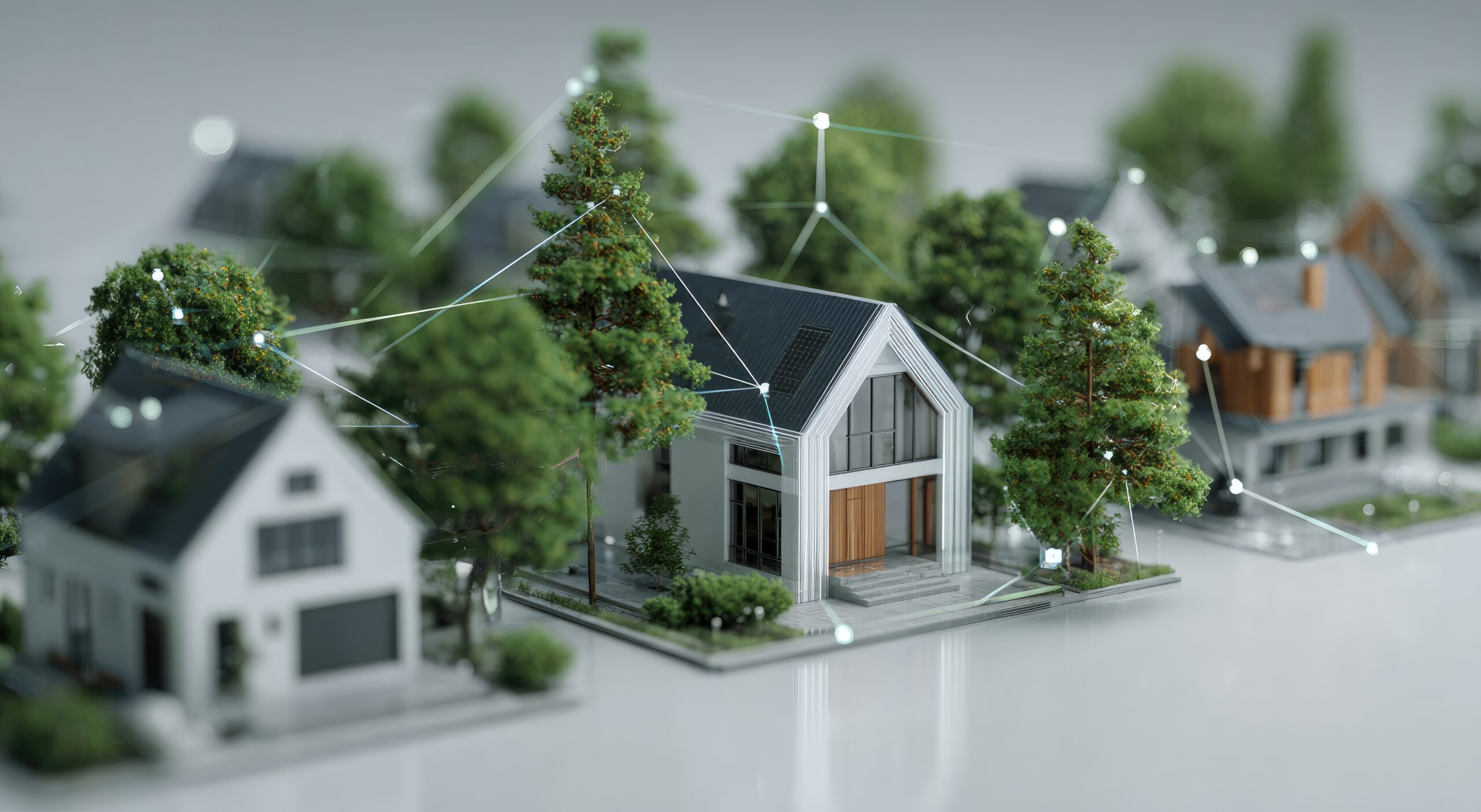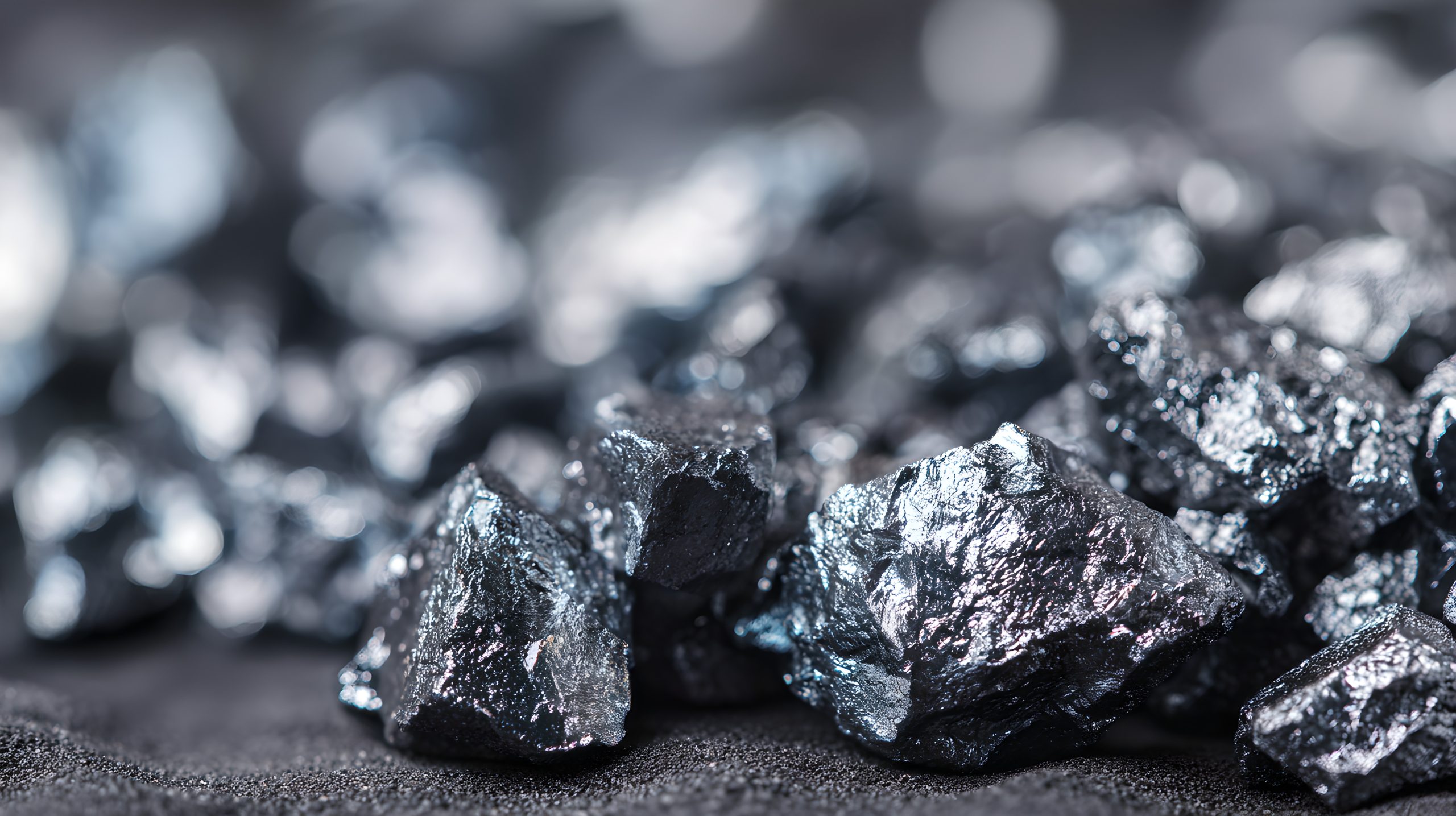Future of society
Illusion or reality? The main initiatives against climate change and their real impact

Although the big players do not agree, there are small contributions capable of curbing climate change. These are the main projects that fight against the degradation of the planet.
Even though the big players do not agree, there are small contributions that hold the power of slowing down climate change. These are the main projects fighting against the degradation of the planet.
The Conference of the Parties (COP) was held in Glasgow in November 2021 in order to reach agreements to fight climate change. The closing was bittersweet for many, and opinions were divided between those who claim it was a disaster and those who bless the final agreements.
Success, failure or any color in between, curbing the degradation of the planet transcends conferences, institutions and international entities. Personal and private initiatives to achieve the Sustainable Development Goals are making solid proposals to bring about real solutions.
Groasis, deserts full of life
They are not the only resource against climate change, but trees can store CO2 for many decades and, therefore, help us to achieve the goal of reducing the damage caused by this gas in the atmosphere. But is it possible to plant trees in the desert?
Groasis was created by Dutch flower exporter Pieter Hoff, with the goal of reforesting 2 billion hectares of deserts. His first product was the Waterboxx plant incubator, which is developed to plant trees and vegetables in an efficient and water-saving way. This container is made of polypropylene, so it can be reused for several years to plant multiple trees.
How does the Groasis Waterboxx plant cocoon work against desertification?
The company, which is supported by the Dutch government, claims to have planted almost 10,000 Waterboxx in more than 30 countries (including Spain). Over time, and with experience, they have been improving the design of the box.
Beyond the reforestation of desert areas, Groasis declares that they also help reduce poverty, ensure that everyone has enough to eat, create jobs and wealth, as these cubes are man-made. Environmental, economic and social sustainability in one fell swoop.
Eonef, nature at a bird’s eye view

One in five animal species risks extinction. Their disappearance would have catastrophic effects on human health, food security and quality of life.
To study all species in their natural habitat in a less invasive way than otherwise (via drones) Julie Dautel and Cédric Tomissi founded in 2016 the start-up Eonef, which designs helium balloons, equipped with solar panels and collectors to collect animal movement data through GPS transmitters.
EONEF—A balloon tracking wildlife over the Reunion volcano!
The first balloons were used on Reunion Island—to track turtles—and in the Pilliga Forest Conservation Reserve in Australia. These balloons can fly for several weeks at a time and send daytime and nighttime images back for analysis.
In addition, they can be used in natural disasters or any other type of event that requires bird’s-eye observation.
Seabin, cleaning up the oceans

Putting waste garbage cans and garbage containers at sea, just as there are on land. That is basically the idea behind Seabin, an initiative by two surfers that has been accumulating awards and evolving to do research, technology and education to reduce garbage in the water.
This proposal allies with ports, clubs and yacht manufacturers around the world to clean the oceans through a device known as Seabin V5. At first glance, it looks like a floating garbage can skimming the surface of the water. But, thanks to water pumping, it can capture floating debris, macro- and microplastics and even microfibers, as well as contaminated organic material (leaves, algae, etc.).
In addition, it has absorbent pads that capture petroleum-based surface oils and detergents prevalent in most marinas around the world.
Eyes on the Earth, planet stewardship from space
NASA claims to be a world leader in climate and Earth science. Although it is not in the business of policymaking or prescribing particular responses to the problem of climate change, all the data it collects—and displays—provides a scientifically proven view of how climate change is occurring.
Through Eyes on the Earth, it tracks the vital signs of our planet, based on parameters such as sea level height, atmospheric carbon dioxide concentration in the atmosphere and Antarctic ozone, among others. Volcanic eruptions and forest fires can also be detected using the carbon monoxide vital sign.
It should be noted that NASA makes this information available to everyone in a clear collaborative system, allowing decisions to be made accordingly.
It seems that reaching agreements involving those most responsible for the planet’s pollution may be mission impossible, but what is clear is that there will never be a shortage of brilliant minds capable of standing up to climate change.







